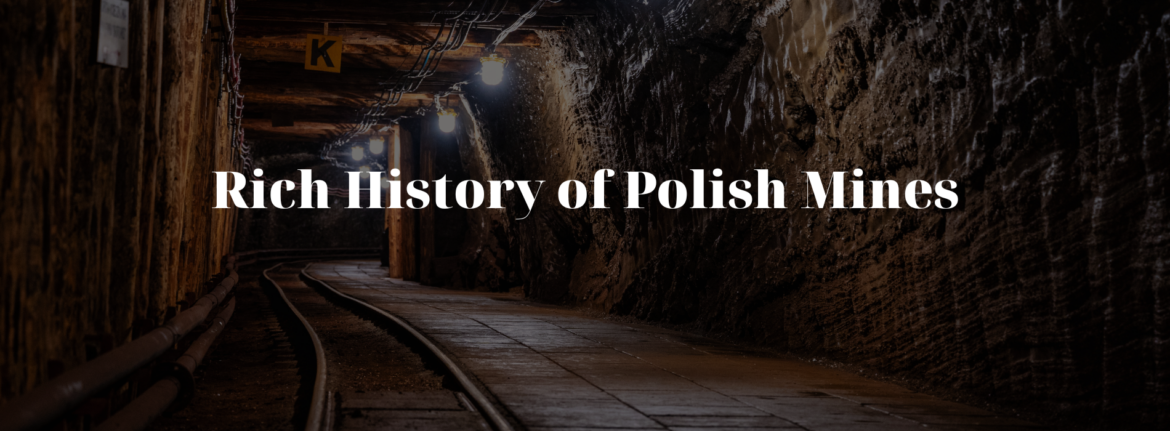Poland’s mining industry stands as a critical pillar of its economy and a significant chapter in its cultural heritage. With operations dating back centuries, the country’s mines have profoundly shaped regional and national development, extracting everything from salt to coal and copper. This expansive narrative not only highlights the economic importance of these resources but also delves into the rich tapestry of historical, cultural, and technological developments associated with mining in Poland. Here we explore some of the most pivotal and intriguing mining sites across the country, each offering a unique glimpse into the depths of Polish history.
The Legendary Wieliczka Salt Mine: A Subterranean Marvel
The Wieliczka Salt Mine, located just outside Kraków, is one of the most iconic and ancient salt mines globally, having been operational since the 13th century. It’s a marvel of mining history and has been designated a UNESCO World Heritage site, drawing visitors from around the world. The mine’s extensive network of tunnels, which extends over 287 kilometers, features an extraordinary subterranean world of chapels, statues, and artworks all carved out of salt by the miners themselves. The highlight is the Chapel of St. Kinga, a large, ornate sanctuary where everything from the altarpieces to the chandeliers is crafted from salt. The mine also serves as a venue for concerts and events, capitalizing on its unique acoustics and atmospheric setting.
Bochnia Salt Mine: Where History Meets Therapy
Not far from Wieliczka, the Bochnia Salt Mine stands as Poland’s oldest salt mine, with operations tracing back to 1248. While it shares many characteristics with its sister mine in Wieliczka, Bochnia offers distinct experiences such as an underground boat ride and a subterranean sanatorium. The therapeutic section of the mine utilizes the constant underground temperature and air free of pollution and allergens, which is believed to help treat respiratory ailments. The mine also includes historical exhibits and interactive tours that showcase the medieval mining techniques, providing insights into the evolution of mining technology over the centuries.
The Silesian Industrial Region: A Coal Mining Powerhouse
The Silesian region, a powerhouse in coal mining, has been pivotal in Poland’s industrialization and economic development. The region’s landscape is dotted with mines, many of which now serve as museums and educational sites. The Guido Mine and Historical Coal Mine in Zabrze offer visitors a chance to experience the life of a coal miner with underground tours that reach depths of 320 meters. These tours not only highlight the historical progression of mining technologies but also address the challenges and dangers associated with coal mining, including the environmental and health impacts.
The Copper Belt of Lower Silesia: An Economic Lifeline
Further contributing to Poland’s mining fame are the vast copper deposits in the Lower Silesian region, centered around towns like Lubin and Polkowice. Managed by KGHM Polska Miedź, one of the world’s largest copper producers, these mines are pivotal to the global copper and silver markets. The mining operations here are notable for their scale and for the cutting-edge technology used in extraction and processing. Though these sites are primarily industrial, they play a critical role in the local and national economy and symbolize Poland’s modern advancements in mining technology.
Celebrating Mining Heritage: Museums and Cultural Events
Across Poland, the legacy of mining is preserved and celebrated in various museums and cultural festivals. These institutions and events aim to educate the public about the historical significance of mining and its ongoing impact. Festivals often include demonstrations of traditional mining techniques, exhibitions of mining equipment, and discussions on the future of sustainable mining practices.
Exploring Poland’s mines offers more than a glimpse into the geological treasures beneath the surface; it provides a profound understanding of how these resources have sculpted the country’s economy, culture, and history. From ancient salt mines that double as artistic and therapeutic venues to the industrial might of the Silesian coalfields and the technological prowess of modern copper mining operations, Poland’s mining sites narrate stories of innovation, endurance, and transformation. These mines not only highlight the historical importance of mining but also reflect Poland’s ongoing journey towards sustainable and technologically advanced extraction methods, ensuring that the legacy of Polish mining continues to evolve and inspire.
